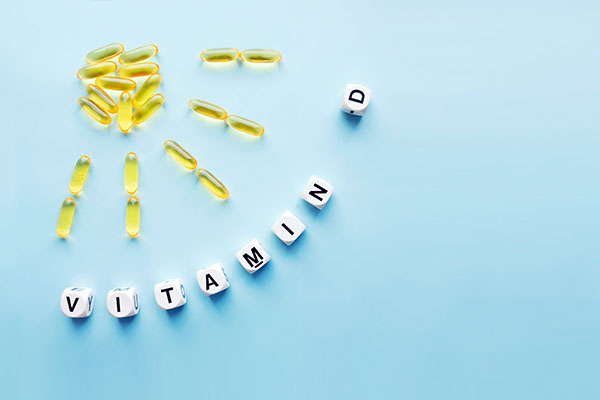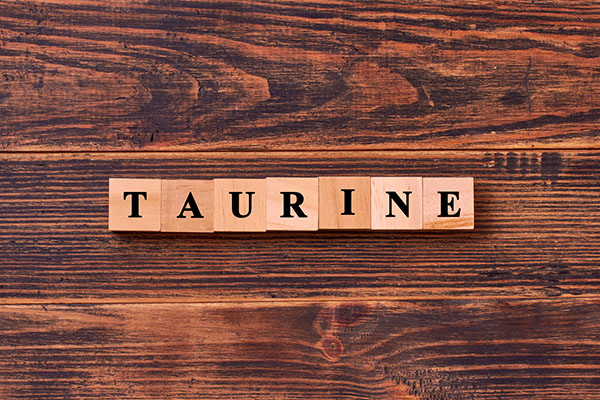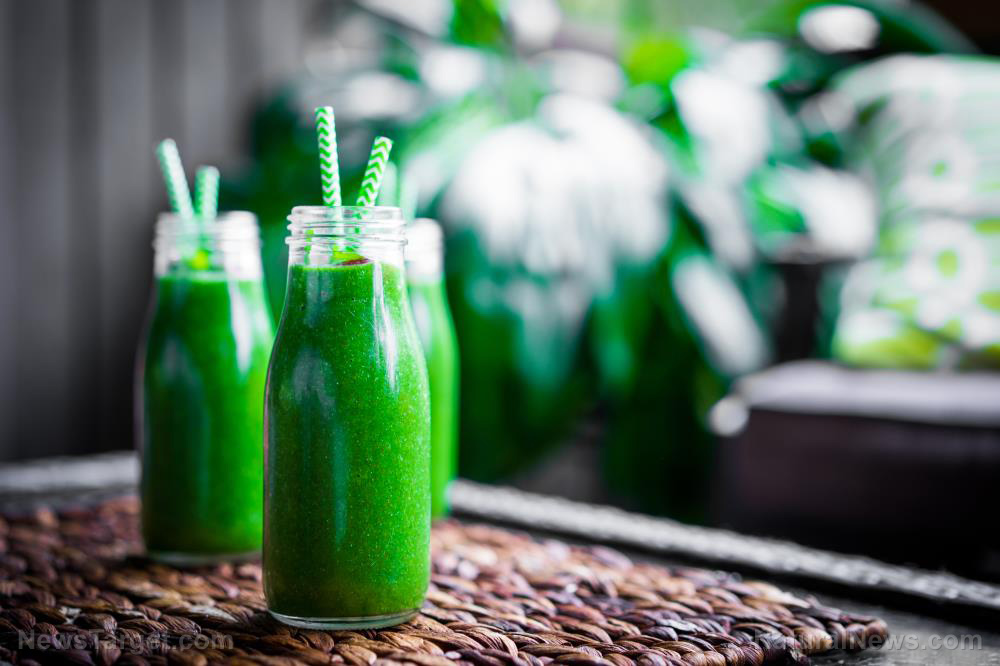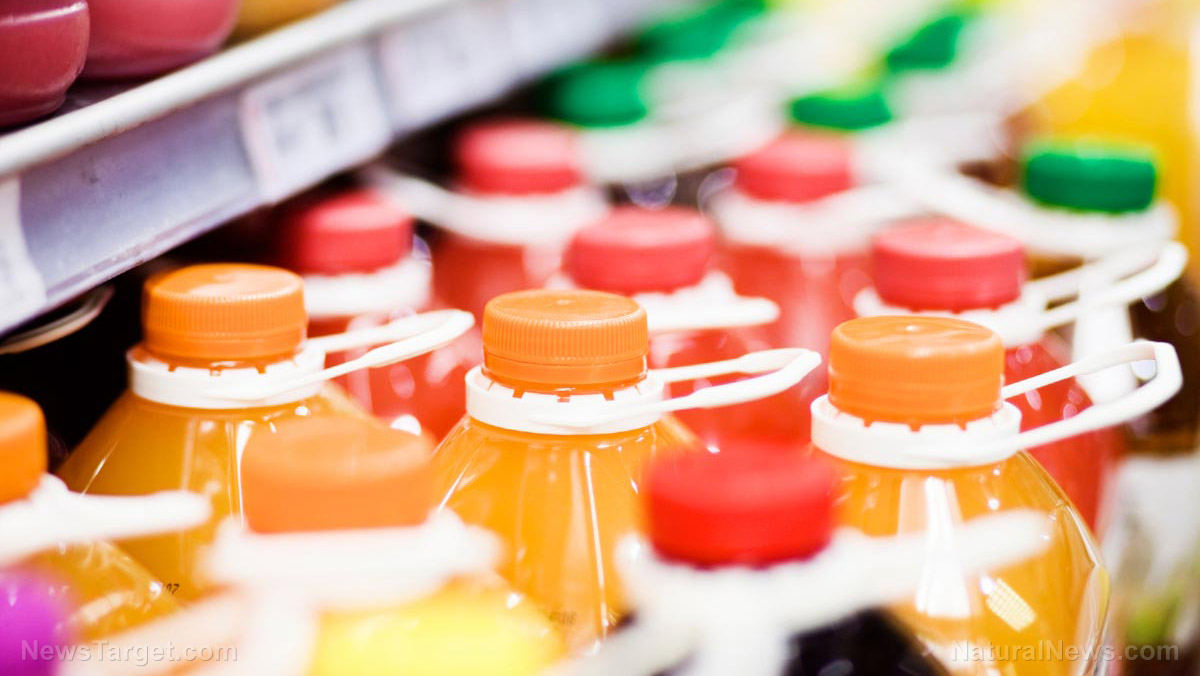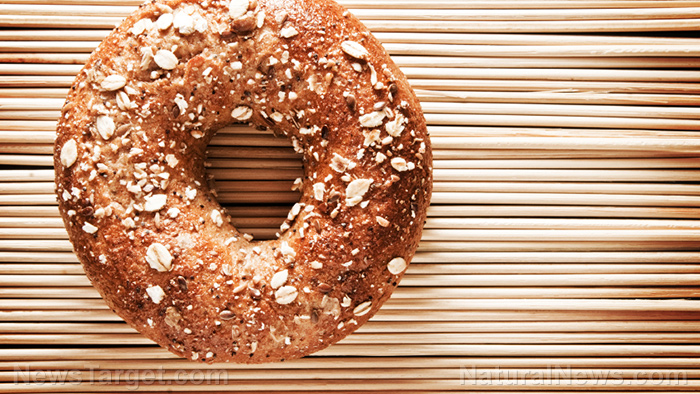
The terms vegan and vegetarian are sometimes interchanged, but these two diets are different. Vegetarian diets exclude meat, poultry, game, fish and shellfish. Some types of vegetarians also do not consume eggs, dairy or other animal by-products.
Meanwhile, a vegan diet – sometimes considered the “strictest” form of vegetarianism – requires dieters to forego all food that comes from animals such as eggs, dairy, meat and other animal-derived foods or additives like gelatin or honey.
How to tell if bagels are vegan
Bagels are doughnut-shaped bread made from a simple, yeasted dough that is boiled, dried and finished in an oven. They’re available in many flavors, from sweet to savory. In addition, bagels can also come with various toppings, but not all kinds of bagels and toppings are considered vegan.
If you're not sure if your bagel is vegan, ask about the ingredients used to make it and any fillings added to your bagel.
Regular bagels are considered vegan because they’re made with vegan ingredients, such as:
- Vegetable fats – Some bagel recipes use vegetable oil or shortening to enhance the crumb of the finished bagel.
- Flour – Bagels are usually made with wheat flour, which results in a final product with a strong, glutinous dough and a dense, chewy texture.
- Water – Traditional bagel recipes use water to create moisture and bind the rest of the ingredients together.
- Salt – Salt is used to toughen gluten strands, regulate the yeast and add flavor to a bagel.
- Sweetener – Bagels often contain sweeteners such as barley malt syrup, corn syrup, malt extract, molasses, or plain sugar.
- Yeast – Yeast ferments the sugar in the dough, releasing carbon dioxide and making the dough rise.
Vegan bagel recipes may also include other ingredients like berries, fruits, grains, herbs, nuts, seeds, spices and vegetables to add color, flavor and texture.
How to avoid non-vegan bagels
Bagel recipes or store-bought products may include non-vegan ingredients such as:
- Eggs – Eggs are sometimes added to the dough for flavor and color, while stores may use eggs to glaze a bagel and make it shine.
- Honey – Certain recipes use honey or honey powder instead of sugar.
- L-cysteine – L-cysteine is an acid and dough softener often used in commercial bagel products. It is derived from human hair or poultry feathers.
- Milk – Some bagel recipes replace water with milk.
Non-vegan bagels may also include the following fillings or toppings:
- Dairy products – Includes ingredients like cream cheese, hard cheese, whipped cream, etc.
- Eggs – Used in sauces like hollandaise or mayonnaise, etc.
- Fish – Includes canned tuna, caviar, smoked salmon, etc.
- Meat – Includes beef, chicken, ham, turkey, etc.
How to keep your bagels vegan-friendly
You can ensure that your bagels are vegan by checking ingredient labels and looking for stores with a vegan certification. Alternatively, you can make bagels at home. (Related: Here’s why fiber-rich psyllium husk is often used in keto and vegan recipes.)
Checking product labels
When buying bagels from a store, check the ingredient list for non-vegan items such as eggs, honey, honey powder, L-cysteine (E920), milk and milk products. You can also check if a brand is vegan by contacting the manufacturer directly.
Checking the vegan certification of products
While most countries don’t regulate the labeling of vegan products by law, independent organizations like Certified Vegan offer vegan certification of products.
Note that while a product may be vegan, it might not always be labeled as such. Confirm if a product is vegan by reviewing the ingredient list before purchasing it.
Make your own bagels
To make sure your bagels are vegan and made with quality ingredients, try baking your own bagels at home.
Dairy-free homemade bagels
Ingredients:
- 2 cups of flour
- 3/4 cup of water
- 1/3 cup of unsweetened soy milk
- 1 teaspoon of dry yeast
- 1 teaspoon of poppy seeds
- 1 teaspoon of sesame seeds
- A pinch of salt
Preparation:
- Mix the flour, dry yeast, salt and water in a bowl. Knead the dough until it becomes elastic. Cover the dough and let it rest for about two hours, or until it doubles in size.
- Preheat your oven to 370 F (190 C). Place baking paper on a baking tray.
- Transfer the dough from the bowl to the counter, then shape it into a ball and divide it into four pieces. Shape each dough piece into a ball.
- Use your thumb and index finger to pinch a hole in the middle of the ball, then rotate it until the hole enlarges. Repeat with each dough ball, then let the dough rest for 10 minutes.
- Prepare the water bath. Bring a large pot of water to a boil, then reduce the heat to a simmer.
- Place bagels into the simmering water. Let them cook for about 40 seconds, then turn the bagels over and cook for another 30 seconds. Allow for extra space in the pot because the bagels will rise while cooking.
- Remove the bagels from the water bath, then place them on the baking tray.
- Brush each bagel with soy milk, then sprinkle with seeds.
- Place the bagels in the preheated oven, then bake for about 25 minutes, or until golden brown. Once the bagels are done, remove them from the oven and set them on a cooling rack.
- Serve with dairy-free cream cheese, avocado and other toppings.
You can also add other toppings and ingredients to the homemade bagels such as fresh or dried herbs, garlic, grains (e.g., oats or rye), nuts, onions and spices. Alternatively, you can use other vegan toppings like nut butter.
Check labels to verify that bagels are vegan-friendly. You can also make bagels at home using natural ingredients to ensure that they are 100 percent vegan.
Sources include:
Please contact us for more information.
















